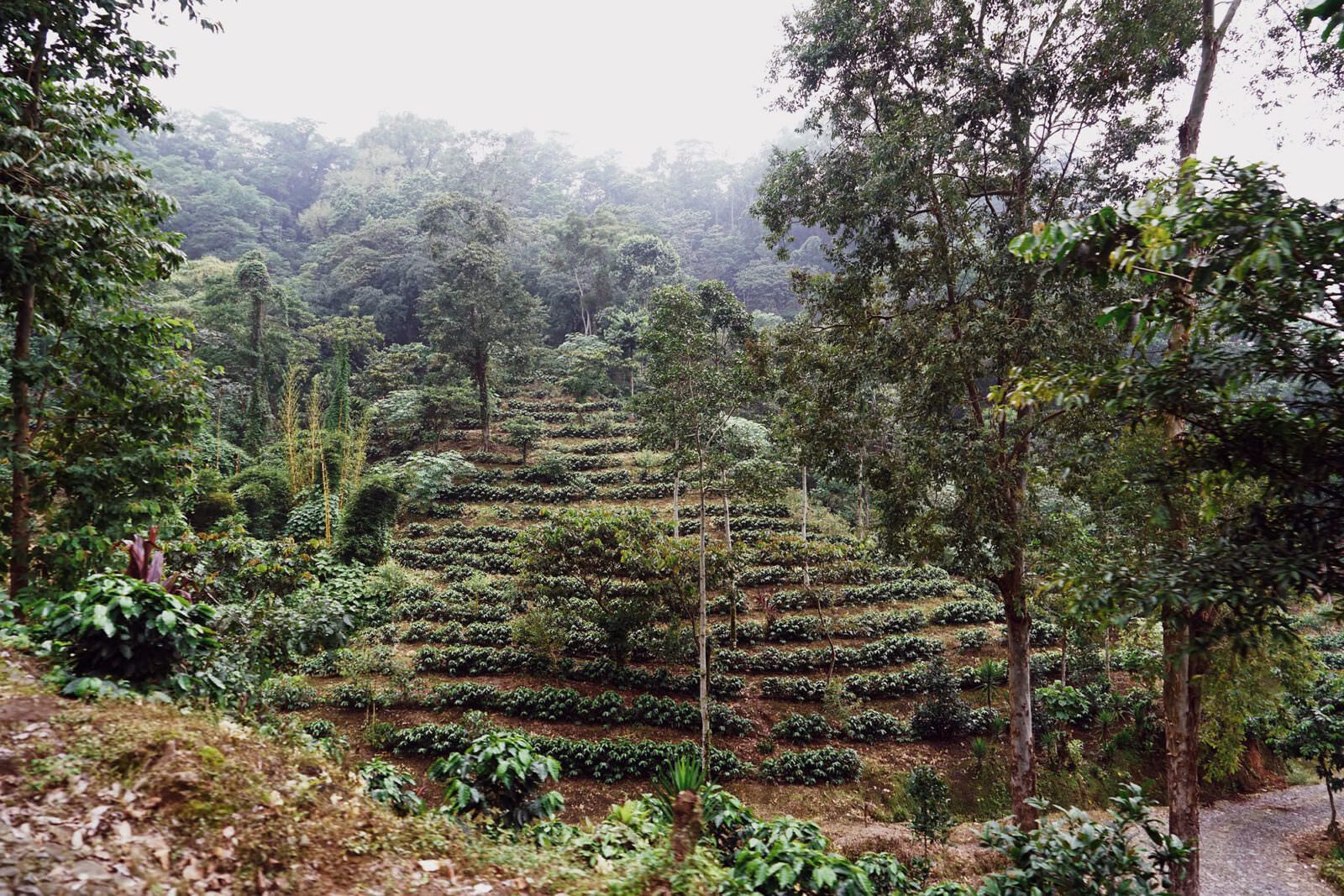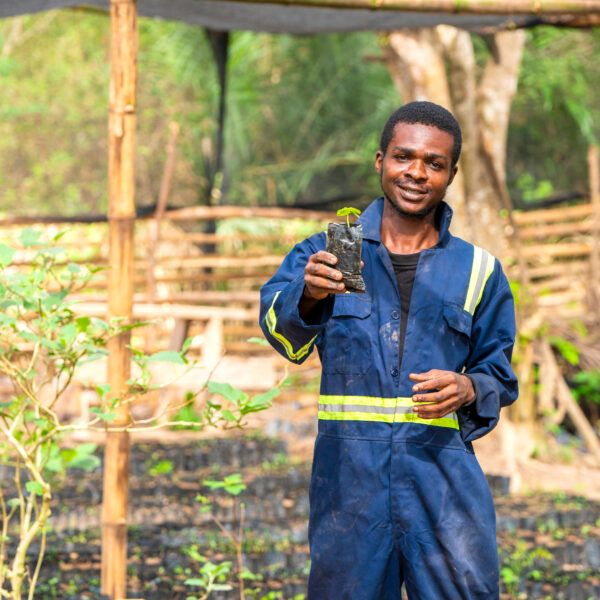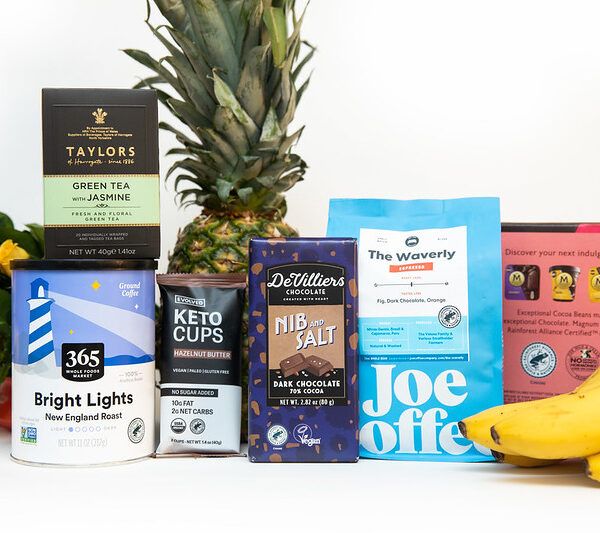Sustainable agriculture sounds great—but what does it actually mean?
Simply put, sustainable agriculture is farming that can be sustained over time. In practice that means farming in ways that don’t damage the land (and eventually make it infertile), while also letting farmers make a decent living, now and into the future. At the Rainforest Alliance, we view sustainable agriculture as a journey—a harm-reduction approach that prepares the ground (pun intended) for regenerative agriculture, a holistic farm design that restores, replenishes, and even adds to nature’s richness.
Why is it urgent that we make agriculture more sustainable?
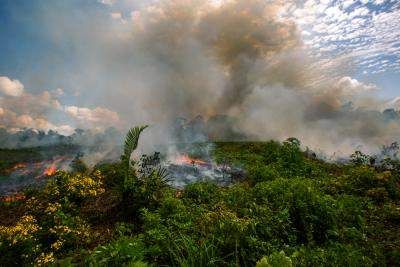
Conventional farming does massive harm to people and nature. It causes 90 percent of tropical deforestation, for one thing—and we desperately need forests to help fight climate change. Furthermore, many widely accepted farming practices, such as an over-reliance on pesticides, hurt human health and damage soils. Degraded soil makes it harder for farmers to grow enough crops to make a living and threatens food security.
For us at the Rainforest Alliance, sustainability isn’t just about the environment—it extends to people, too. And since farmers and farmworkers all over the world struggle to exercise basic human rights, our certification program promotes gender equality, prohibits and prevents forced labor, child labor, and more. In other words, the Rainforest Alliance promotes social, economic, and environmental sustainability.
Sign up for useful tips to green your life and protect our planet.
Our certification program
Forest conservation and agroforestry
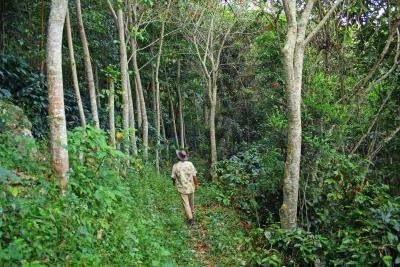
It’s probably not surprising that our certification program prohibits deforestation—we are the Rainforest Alliance, after all! The program also promotes reforesting and agroforestry, the practice of growing shade-loving crops like coffee and cocoa alongside trees. On-farm trees can help connect forest fragments, regulate temperature and humidity, and improve soil health. Fruit-bearing shade trees, such as bananas and mangos, can provide additional income to farmers. To top it all off, shade-grown coffee tastes better, as it ripens slowly, developing complex flavors over time.
Better incomes for farmers
Farming can only be called sustainable if farmers can support their families. Fortunately, our approach to improving farmer incomes improves the health of the land, too. Managing pests and weeds naturally, for example, reduces the need to buy pesticides, thereby lowering costs for farmers, and giving them more to spend on their families. Planting fruit trees on farms can give farmers another product to sell, and of course trees store carbon and nourish soil.
Farmworker rights
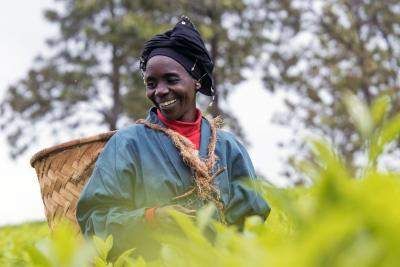
While most smallholder farms rely on family or community labor, larger farms tend to hire many workers. Our program requires decent housing, personal protective equipment, maternity leave, and health and safety protections for workers. Workers must earn at least minimum wage, with employers working toward paying what is called a living wage—remuneration that allows for a decent standard of living that covers food, water, housing, education health care, transportation, clothing, and other essentials, including a provision for unexpected events. Our program provides robust tools for preventing and mitigating child labor, forced labor, and other human rights abuses.
Maximizing soil health and carbon storage
What could be more essential for farmers than healthy soil? The healthier the soil, the better it retains moisture, which can help plants survive drought. Organic composting, required by our program, enriches soil and reduces the need for chemical fertilizers, which are both expensive and pollute waterways. In addition, rotating different types of cover crops—plants grown in the off-season to prevent soil erosion—can greatly bolster soil quality. Another bonus: Cover crops can store half a ton of CO2 per acre, making crop rotation a powerful natural climate solution.
Water conservation

Certain crops, such as coffee, need a lot of water to grow, and even more during the processing stage. Worse still, wastewater from processing can pollute nearby rivers and streams. One practical, low-cost solution found in our program is to plant trees along waterways to protect against runoff (and did we mention trees store carbon?).
Integrated weed and pest management
Heavy reliance on pesticides and herbicides carries high risks, and not just for ecosystems—these harsh chemicals can also harm the health of farmers and their families. The first step, then, is to phase out the most harmful chemicals, then gradually reduce others over time. Farmers in our program take up integrated pest and weed management, which includes using natural enemies of common pests, selective weeding that leaves beneficial weeds to replenish the soil, and managing weed outbreaks with regular pruning. Harmful weeds can be uprooted by hand and turned into organic fertilizer. Though more labor-intensive at first, these methods reduce costs and boost crop yields in the long run.
Gender equality
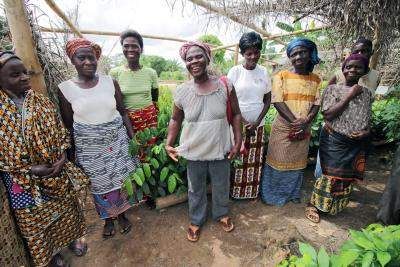
Women make up about 40 percent of the world’s agricultural labor force. But in many places, women can’t own land, either due to cultural norms or laws, and have little access to agricultural trainings or financial resources. Not only is this unfair, but it’s also unwise: Studies suggest that giving women farmers equal access to resources and opportunities could help reduce world hunger. Other studies show that when women farmers earn their own income, they tend to reinvest those earnings back into their families and communities. Our certification program provides—and requires the use of—robust tools to prevent and address gender gaps on farms.
Destination regeneration: We can all help make the future regenerative
Moving from conventional farming methods to establishing a regenerative farm can be costly, and there’s no reason that farmers should shoulder the burden alone. Those with the most power and resources—companies and governments—must step up with robust financial and legislative support.
But consumers have a role to play, too, by making responsible choices at the grocery store. When you see our frog on your favorite food and beverages, you can feel confident that these products support a better world. And you don’t have to take our word for it: We use independent auditors to be sure that farms, and the companies that source from these farms, are meeting our strict certification requirements—which are all expertly designed to improve farmer incomes and to nourish the land.
If we all pull together to change the way our food is produced, we can create a better world for people and nature.
We’re all in. Are you?
